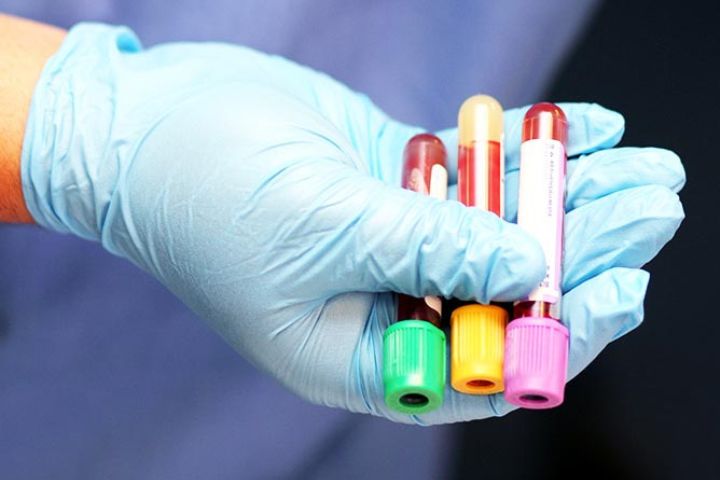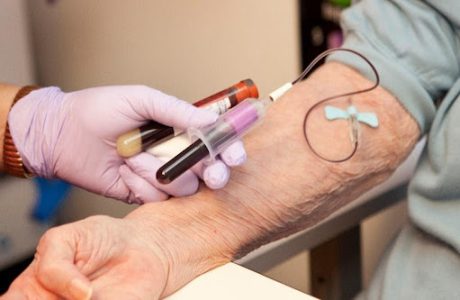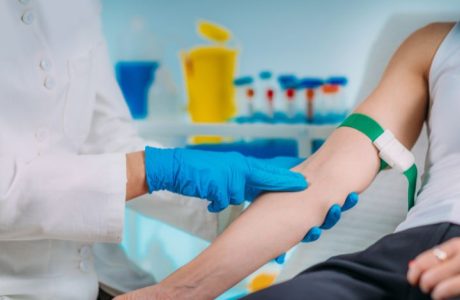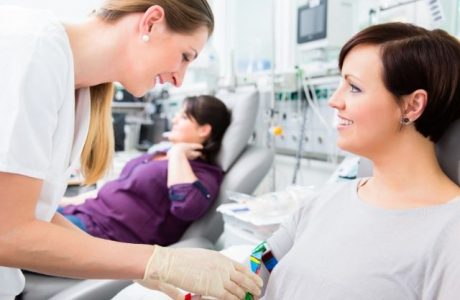You’re interested in becoming a phlebotomist but what does a phlebotomist do exactly? If you’ve ever had your blood drawn, chances are you have interacted with a phlebotomist. A phlebotomist is a medical professional who is trained to collect blood samples. They work in a variety of settings, including hospitals, clinics, and blood donor centers.
While we may be familiar with the term “phlebotomist,” many of us may not really know what they do. In this blog post, we will go through the details of what a phlebotomist does, what their day looks like!
Learn more about Training Direct’s phlebotomy program today!
What Does a Phlebotomist’s Day Look Like?
Phlebotomists often work in hospital or clinical settings where blood tests are frequently performed. During their workday they will interact with patients taking samples from them for testing purposes. No two days may be the same and what their day can look like depends on where they choose to work. Generally, their duties on a daily basis might include drawing blood for medical tests for analysis, documenting patients information and educating patients on what they are doing. A big part of a phlebotomist day is interacting with patients. A phlebotomist must be compassionate as some patients may be nervous and need to be reassured through the process. They also have to make sure that samples are taken properly, so they can be sent to labs for testing. Although the job of a phlebotomist isn’t easy, their work is critical to the healthcare industry.
Tasks Phlebotomists Complete
Phlebotomists have a variety of tasks they complete each day. One of their primary responsibilities is to collect blood samples to conduct medical tests. This makes them a key component of diagnosing a wide range of illnesses. In addition to drawing blood, phlebotomists might also be responsible for documenting and transporting samples to laboratories and ensuring the samples are stored correctly until they are analyzed. Phlebotomists also interact with patients, explaining the process of blood collection and helping them feel comfortable before and during the procedure. Some other tasks phlebotomists may be responsible for are:
- Label the drawn blood for testing or processing
- Enter patient information into a database
- Assemble and maintain medical instruments and supplies such as needles, test tubes, and blood vials
- Prepare specimens for the lab technicians
- File medical documents
- Test blood sugar levels of diabetic patients using a glucometer
- …and more
Getting started with a career as a phlebotomist
Now that you know what a phlebotomist does, if you’re thinking about becoming a phlebotomist it’s essential to get proper training. A phlebotomy training program covers subjects such as medical terminology, anatomy, and blood collection techniques. With the right education and certification, you can make a difference and help support positive patient experiences.
Training Direct’s Phlebotomy Technician Program
The Phlebotomy Technician program at Training Direct is geared towards preparing students to develop the skills and knowledge necessary to obtain an entry-level position as a Phlebotomist. It provides students with the opportunity to learn knowledge and skills such as the collection, processing, and distribution of laboratory specimens according to established procedures. In addition, throughout the course, emphasis is placed on safety standards, quality control procedures, as well as legal and ethical considerations that a Phlebotomist may encounter in the workplace.
Training Direct’s Phlebotomy Technician program is currently offered at our Bridgeport, CT School and our Danbury, CT School.





